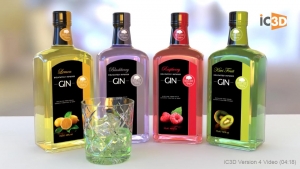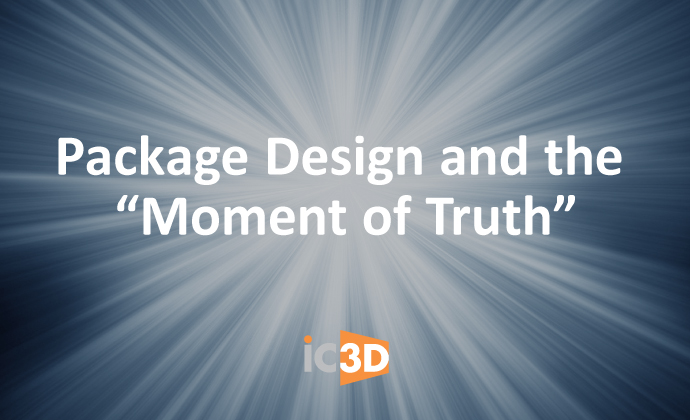Package design is a combination of art and science. Success depends on many things. But often those things compete. A retail package has to be practical. The contents can’t fall out, get crushed, or easily spoil. In addition, it has to tell a story—preferably short, truthful, and compelling. Yes, I know. The story is basically “buy me.” But package designers constantly have to find new, interesting ways to say that.
Package design also fits in with, and enhances a consumer’s “moments of truth”—what happens before, during, and after they buy a product. Good design decisions endear consumers to a brand, and make them more likely to prefer it—as discussed in the case of Seattle Chocolates.
In contrast, bad decisions lead to consumer frustration, resentment, and some potentially brand-damaging humor:
In her excellent Emerald Report piece, retail packaging blogger Catherine McGavin tackles the thorny “Moments of Truth” problem. All marketers are familiar with the traditional cycle of stimulus, in-store purchase decisions, and consumer experience. Many have also read Jim Lecinski’s insightful ebook, Winning the Zero Moment of Truth, which goes beyond the traditional marketing cycle to address the power of reputation and social sharing. As McGavin points out, however, not many marketers realize how important packaging is to each of these moments of truth.
Stimulus Moment of Truth
The first marketing step—stimulus—is an obvious place where good package design matters. Promotions frequently utilize packaging as the “star performer.” A bottle of Coca-Cola is infinitely more photogenic than the brown liquid it contains. A well-designed package conveys valuable promotional information—about tangible benefits, the good properties of the thing itself, and personal or augmented benefits such as services, premiums, or accessories.

Ray traced images from iC3D are a way to create ad-ready artwork from in-progress 3D package designs.
The only trouble with using packaging in advertising is timing. Often, an ad campaign is planned and produced before the actual package is produced. This forces the brand company to create costly physical prototypes for the photo shoot.
Fortunately, for designers using iC3D, the system’s new ray tracing feature can create photo-realistic images at any angle—well before the final package is manufactured. It’s the next best thing to having a time machine.The only trouble with using packaging in advertising is timing. All too often, an ad campaign is planned and produced before the actual package is produced. This forces the brand company to create costly physical prototypes for the photo shoot.
The Zero Moment of Truth
The connection between pre-shopping research and consumer product reviews (Lecinski’s “zero moment of truth”) would seem to be an online phenomenon only. But physical packaging is very much a factor. Each package is a mini-billboard on the store shelf, informing the shopper that he or she has found what fellow consumers have experienced and shared. “There are two heroes in all these stories,” says Lecinski, “the consumer who does the research, and the grocery store manager or marketer who is smart enough to be there at the moment the shopper is looking for them.”
This raises another potential benefit of designing with iC3D. Package designers can use its virtual, in-store simulation to experiment with product positioning. They can locate virtual products in the best locations for consumers who will be searching for them.
Other Moments of Truth
McGavin explores the other applications of Lecinski’s thesis as applied to packaging. Designers are on familiar territory at this point. An attractive, practical, informative design will influence consumer purchase decisions and help them become fans. Ultimately, is should encourage them to share with their friends and become brand advocates.
There are bugs to work out. Printed QR codes did not lead to a dramatic rise in Facebook likes or other social traction. However, there are many other possible ways to connect visual elements on a package to various online experiences—as we discussed in the blog on “smart packaging.”
Which brings us back to design. Adding “moment of truth” elements to a physical package is no small feat. Package designers do this many times a day—usually with an “I need it yesterday” deadline. Fortunately for them, tools like iC3D are there to help.






